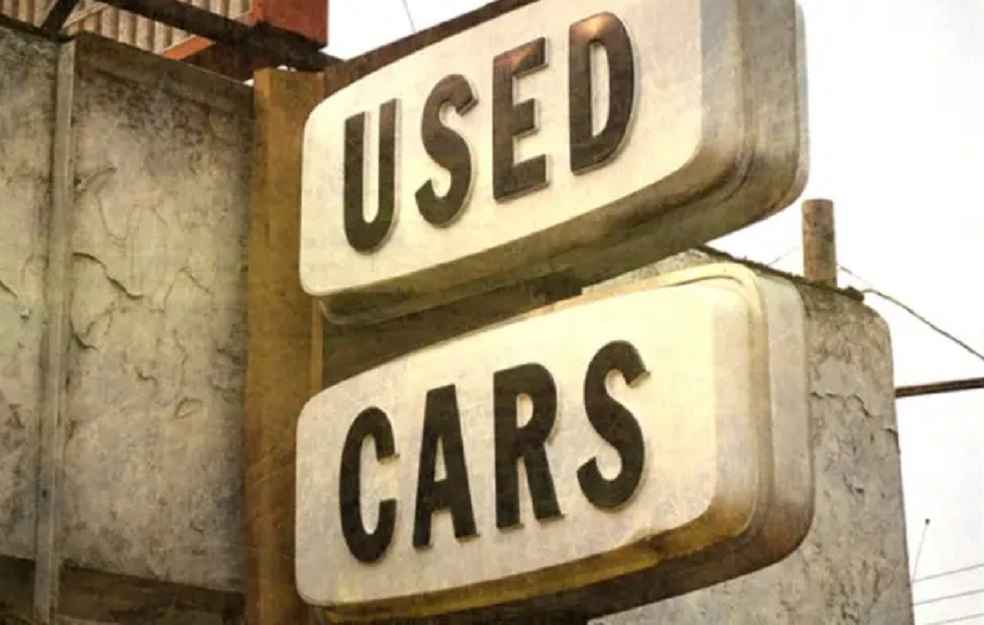A seismic shift characterizes the automotive sector with a downturn in used car prices, a stark contrast to the 2021 escalation. Delving into a comprehensive study by CoPilot, this article scrutinizes dealership data across the United States, spotlighting 15 car manufacturers facing substantial depreciation in used car values post the early 2022 zenith.
2021 witnessed an extraordinary escalation in used car prices, attributable significantly to the global chip shortage that disrupted new car production. Consequently, demand for used vehicles surged, leading to inflated prices. Yet, as market dynamics dictate, this inflationary trend reversed. UBS projections suggest 2023 will see global car production surpass new car sales by 6%, triggering an oversupply impacting both new and used car markets.
Electric vehicle giants such as Tesla and Polestar rank among the top brands facing sharp declines in used car valuation. Tesla, for instance, saw a dramatic plunge of over $20,000 from its previous year’s retail prices. This decline is partly due to Tesla’s strategic price adjustments, a response to decelerating sales amidst looming concerns of a demand drop in a decelerating economy.

The analysis purposefully omits luxury exotic car brands like Maserati and Lamborghini. This exclusion ensures concentration on more universally accessible vehicle segments, offering a clearer perspective on general market trends.
The descent in used car values mirrors the stark 26% reduction in global automobile production during 2021’s initial three quarters. Triggered largely by the chip shortage, this production downturn initially propelled consumers toward the used vehicle market.
Interest Rate Hikes and Their Implications: The decline in used car prices might appear advantageous for buyers, yet escalating interest rates present a significant counterforce. Augmented interest rates could result in higher monthly payments, potentially neutralizing the benefits of reduced sticker prices.

This evolving trend in the used car market mirrors a significant departure from the 2021 highs. Brands like Tesla and Polestar, previously commanding premium prices, now confront noticeable depreciation. This metamorphosis stems from a multifaceted interplay of global production rates, technological advancements, and fluctuating economic conditions.
Prospective used car buyers may encounter more favorable deals than in recent years, yet must also consider the ramifications of climbing interest rates. As market dynamics continue to transform, both buyers and sellers must remain vigilant and adaptive to these shifts.
GENERAL | Red Sea Crisis Rocks Auto World: Global Supply Chain in Turmoil





